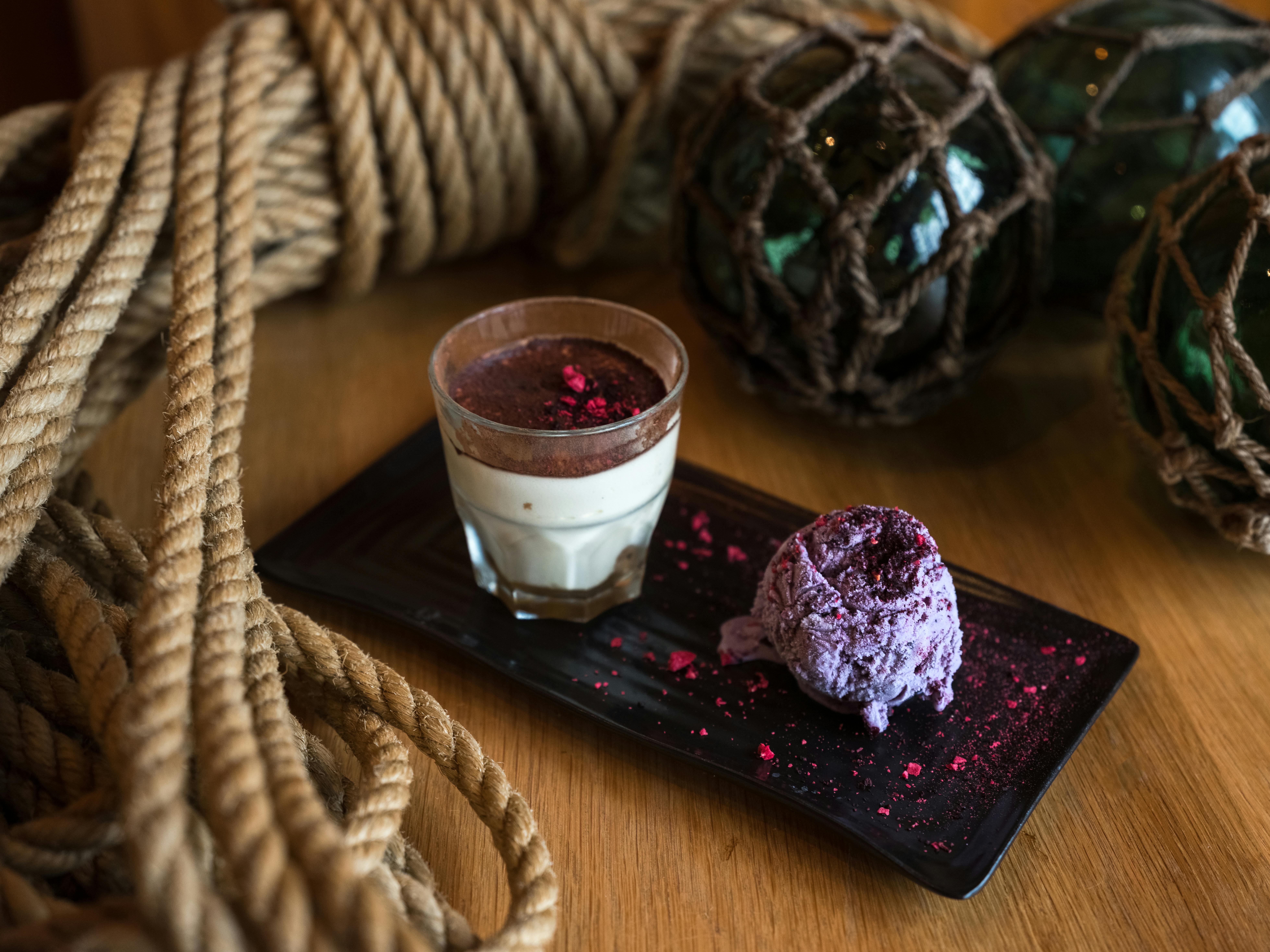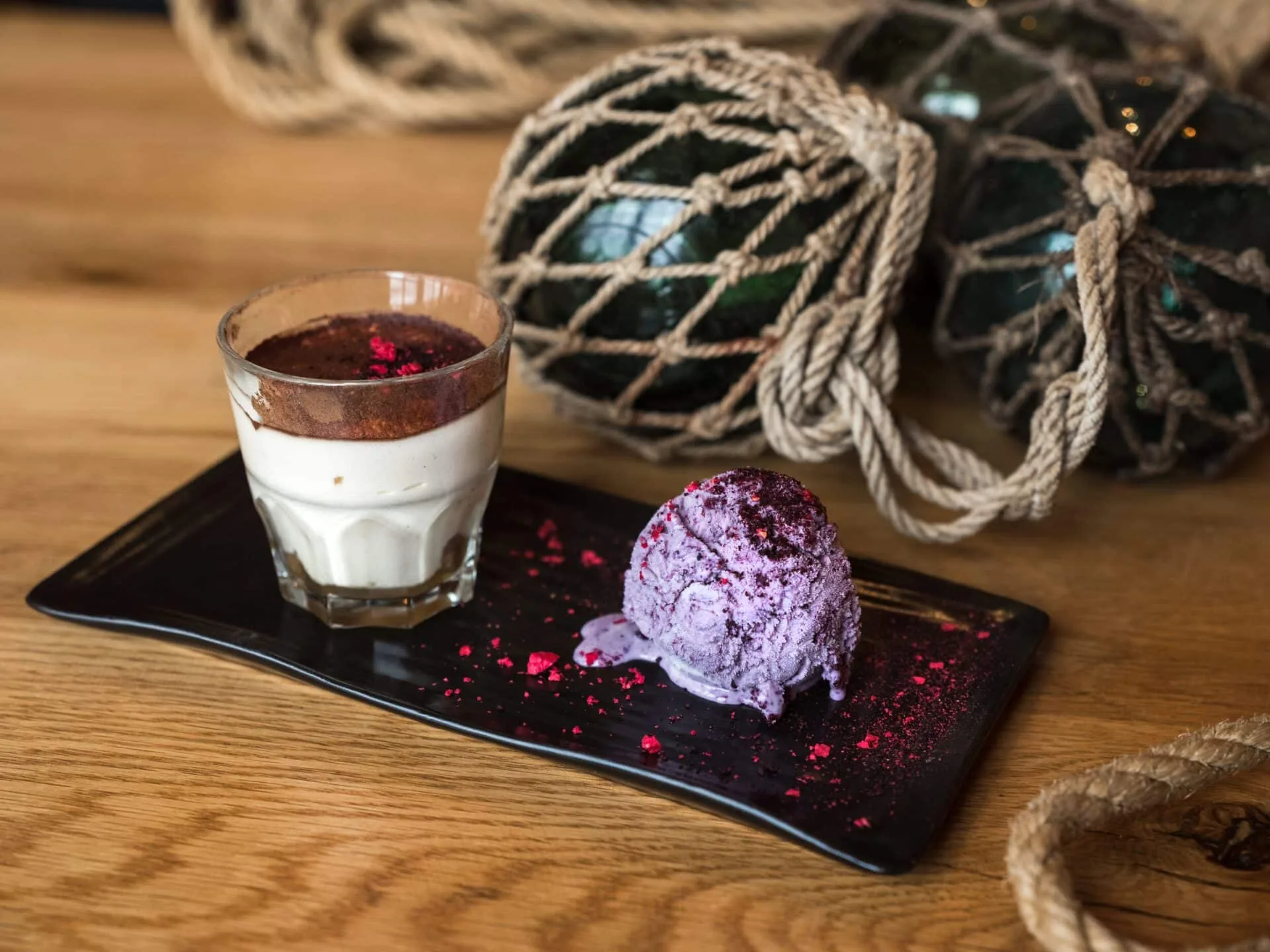Gather Supplies
The first step to vacuum sealing blueberries is to gather the necessary supplies. You will need a vacuum sealer, freezer bags, and of course, the blueberries. Make sure to choose freezer bags that are designed for use with a vacuum sealer, as other types of bags may not be able to properly create a tight seal.
Prepare the Blueberries
Once you have gathered all the supplies you need, it’s time to prepare the blueberries. Start by washing them thoroughly in cold water and then patting them dry with a towel or paper towel. If you want to freeze your blueberries in smaller quantities for easier access when thawing and using later on, portion them out into individual bags now.
Vacuum Seal the Bags
Once all of your blueberry bags are prepared and ready to be sealed, place them into your vacuum sealer one at a time. Make sure that there is no air left in the bag before sealing it shut, as this could cause freezer burn if left inside for an extended period of time. Once all of your bags are sealed shut securely, they are ready for storage!
Store in Freezer
Finally, store your newly sealed bags of blueberries in the freezer until you are ready to use them. To thaw them out quickly when you need them, simply place the bag into a bowl of cold water for about 15 minutes or until they have reached room temperature. Then your freshly frozen blueberries will be ready to enjoy!
How To Store The Frozen Blueberries
Storing frozen blueberries is an easy way to extend the shelf life of the berries and enjoy them year-round. To store frozen blueberries, you should first rinse them off and dry them with a paper towel. Place the berries in a single layer on a baking sheet and freeze for a few hours. Once frozen, transfer the berries to an airtight container or freezer bag. Make sure to label the container or bag with the date of freezing so you know when they are due to expire. The optimal temperature for storing frozen blueberries is 0°F (-18°C). For best results, consume frozen blueberries within eight months of freezing them.
When you’re ready to enjoy your frozen blueberries, it’s important to thaw them properly. Place the desired amount of berries in a bowl and let thaw in the refrigerator overnight. Do not microwave frozen blueberries as this can destroy their flavor and texture. Once thawed, you can use the berries in smoothies, oatmeal, muffins, pies, or simply enjoy as-is!
Wash and Dry Berries
Before you start to vacuum seal your berries, it is important to wash and dry them thoroughly. This will help keep the berries from becoming moldy or spoiling. Start by rinsing the berries in cold water, then pat them dry with a paper towel. Make sure the berries are completely dry before vacuum sealing them.
Choose the Right FoodSaver Vacuum Sealer
It is important to choose the right FoodSaver vacuum sealer for your needs. There are a variety of models available, so make sure you select one that will be able to properly seal your food items. Additionally, make sure you select a model that has enough capacity to accommodate all of your berries.
Prepare Your FoodSaver Vacuum Sealer
Once you have chosen the right FoodSaver vacuum sealer for your needs, it is time to prepare it for sealing your berries. Start by making sure the chamber and lid are clean and free of any debris. Next, fill the chamber with water so that it reaches up to about halfway up the lid. This will help ensure an airtight seal when you start sealing.
Place Berries in Vacuum Bags
Once you have prepared your FoodSaver vacuum sealer, it is time to place your berries in vacuum bags. Make sure that each bag is large enough so that there is plenty of room around each berry for air circulation. Additionally, make sure that you do not overfill the bags as this can cause them to burst open during sealing.
Vacuum Seal Berries
Now it’s time to start vacuum sealing your berries! Place a single layer of berries in each bag and place them on top of the water chamber inside the FoodSaver vacuum sealer. Close the lid and press down firmly until you hear a loud “click” sound – this indicates that the lid has closed securely and sealed properly. You should now have perfectly sealed and preserved berries!

What Is The Best Way To Freeze Blueberries?
Freezing blueberries is a great way to preserve them and enjoy their delicious flavor all year round. The best way to freeze blueberries is by first washing them in cold water and then drying them thoroughly with a paper towel. Next, spread out the blueberries on a baking sheet lined with parchment paper so that they are not touching one another. Finally, place the baking sheet in the freezer for up to four hours before transferring the frozen blueberries into an air-tight container or freezer bag.
To ensure that your frozen blueberries maintain their flavor and freshness, be sure to label your container or freezer bag with the date that you froze them. Additionally, if you plan to store your frozen blueberries for an extended period of time, it is recommended that you use oxygen-absorbing packets in your storage container or bag. This will help prevent oxidation and ensure that your frozen blueberries stay as fresh as possible for as long as possible.
Benefits of Freezing Blueberries With FoodSaver
Freezing blueberries with a FoodSaver vacuum sealer can help preserve their freshness and nutrition for longer periods of time. The vacuum sealing process removes air from the packaging, preventing oxidation and preserving the flavor and nutrients of the berries. This helps to keep them fresh for up to two years without losing any of their natural flavor. Additionally, freezing blueberries with a FoodSaver also helps to reduce food waste by eliminating spoilage due to mold or other contaminants.
The vacuum sealing process also helps to reduce freezer burn, which can occur when air gets trapped in the packaging and causes the berries to dry out. The lack of oxygen within a sealed bag prevents this from happening, ensuring that your blueberries stay as fresh as possible for a longer period of time. Vacuum sealing is also useful for keeping food stored in the refrigerator or pantry, as it prevents moisture from entering and spoiling the food.
When freezing blueberries with a FoodSaver, it’s important to use high-quality bags that are designed specifically for use with vacuum sealers. These bags are designed to be more durable than standard plastic bags, ensuring that they won’t rip or tear while being sealed. Additionally, using bags specifically designed for vacuum sealing will help ensure that your berries are properly sealed and protected from air exposure.
Overall, freezing blueberries with a FoodSaver is an excellent way to preserve their flavor and nutritional value without having to worry about them going bad quickly or losing any of their natural sweetness. Vacuum sealing is an easy and efficient way to store your berries for longer periods of time without sacrificing quality or flavor.
Freezing Blueberries With a FoodSaver
Freezing blueberries with a FoodSaver is an excellent way to enjoy the health benefits of this superfood year-round. If you are considering freezing your own blueberries at home, there are some important considerations to keep in mind.
Using the Right Type of Bag
When freezing blueberries with a FoodSaver, it is important to use the right type of bag. For best results, use a FoodSaver bag specifically designed for freezing food. This type of bag is made from an advanced material that is designed to prevent freezer burn and keep food fresh for up to two years.
Proper Sealing Techniques
Using the correct sealing techniques when freezing blueberries with a FoodSaver is also essential. Make sure that the seal bar on the machine is properly aligned with the bag before starting the sealing process. If necessary, adjust the pressure on your machine as needed for best results. Additionally, make sure that all air is removed from the bag before sealing it shut.
Proper Storage Conditions
Once your blueberries have been sealed in their bag, store them in a freezer that maintains temperatures below 0 degrees Fahrenheit (-18 degrees Celsius). Keeping your freezer at this temperature will help to ensure that your frozen blueberries stay fresh and safe to eat for months or even years ahead.
By following these tips for freezing blueberries with a FoodSaver, you can enjoy this delicious fruit all year long!

Conclusion
Freezing blueberries with a FoodSaver is an easy and cost-effective way to preserve them for later use. It helps to keep them fresh and flavorful for up to 12 months, ensuring you have delicious berries for all your recipes and snacks. The process is simple and requires minimal effort, making it an ideal solution for anyone looking to save money while enjoying the best quality produce. With proper storage, you can ensure that your blueberries will stay fresh and delicious for many months. So go ahead and freeze your blueberries with a FoodSaver – it’s an easy way to save money while getting the most out of your fruit!
Having frozen blueberries on hand is a great way to enjoy this delicious superfood any time of year. Whether you’re using them in smoothies, baking, or just snacking on them straight from the freezer, frozen blueberries are sure to bring a sweet taste of summer into your kitchen every day. So go ahead and give freezing your berries with a FoodSaver a try – it’s an easy, cost-effective solution that will help extend the life of your fruit while bringing the sweet flavor of summer into your home all year round!



